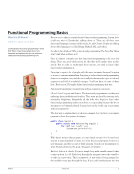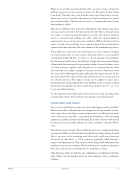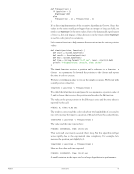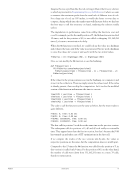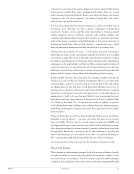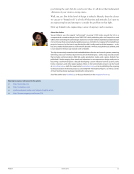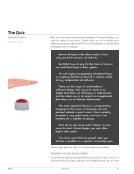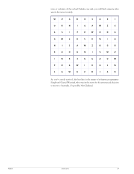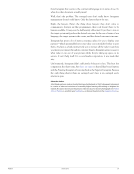Web Programming in Haskell, Part II Rethinking the Structure of Web Applications by Paul Callaghan Paul continues his deep dive into the Haskell language and functional programming with a look at Web frameworks for Haskell. Last issue, Paul began an exploration of Web programming in the Haskell language with Fay, a CoffeeScript analog for Haskell. This time out, he begins the journey into Haskell frameworks. Rails Is Not Your Application Before we jump into concrete details of existing Haskell web frameworks, I want to pause to consider the wider picture of how web apps can be structured and developed. Many frameworks, like Rails, are some variation on MVC and share certain standard components. Are you happy using these? or do you have some sneaking suspicion that it can still be easier or simpler? I’m sure we can do better. There are several motivations for wanting to explore such issues. Firstly, I think it’s fair to say there is some dissatisfaction in various communities about the maintainability of code, as reflected by the number of talks in recent conferences about different architectural approaches like hexagons and DCI. Secondly, a slight annoyance at needing to do things like check that my routes file matches my controllers etc., and having too many framework details mixed up with business logic. Thirdly, I want to see where taking a top-down functional approach gets me. It may deliver me exactly where newer frameworks are heading, but it should still be an interesting exercise and promote deeper understanding of the issues. An important slogan for me is “Rails is not your application.” This phrase comes from Nick Henry in the middle of 2011. It began as a tweet, as many great pieces of wisdom do, and subsequently has been expanded into a blog post—and taken up by other people. There’s no strong consensus on answers yet—we’re still exploring—though it seems clear that more separation is needed between the facilities provided by Rails and the real business logic of the app. For example, domain models shouldn’t always be subclasses of Active Record and could instead be users of services provided by Rails components. Some interesting further discussion can be found on Nick Henry’s blog page [U1]. From a strategic aspect, I’ll be asking whether we can streamline the building of web apps, leveraging the language facilities to reduce or remove certain of the weak points in current practices. For example, I’ve never been keen on the separation of routes from controllers: it feels like having related information distributed over different files, with the ever-present risk of getting the two out of sync, or else having to ensure that your tests are strong enough to catch any mismatches—and I don’t accept that PragPub January 2013 8
Purchased by unknown, nofirst nolast From: Scampersandbox (scampersandbox.tizrapublisher.com)







